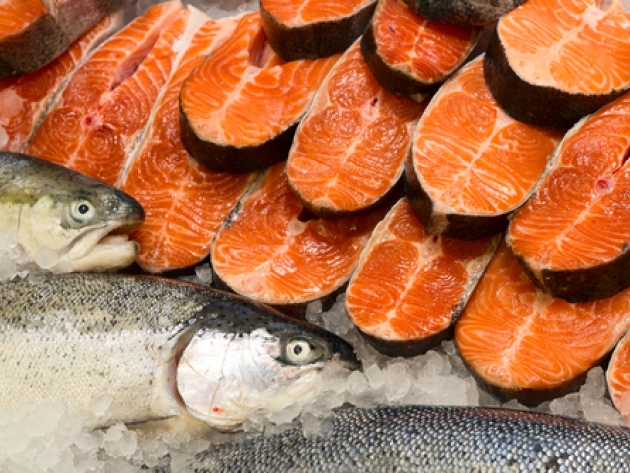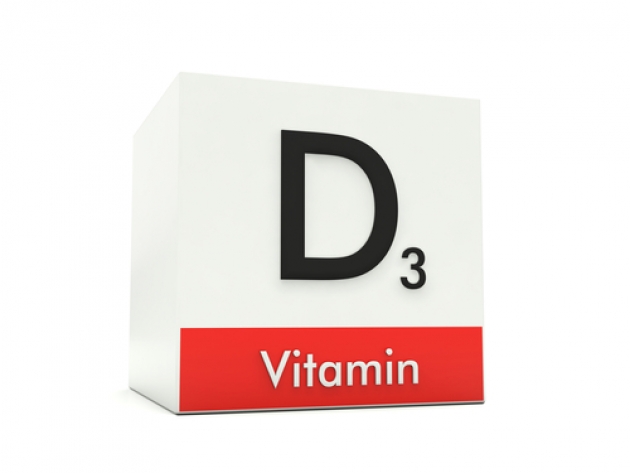
Everyone’s trussed up once again in hats, scarves and gloves with the latest icy snap and summer is still a long way off. Did you know that while you may not only be craving the physical warmth of the sun, but it’s also more than likely your body is in physical need by now of the ‘sunshine vitamin’, better known as Vitamin D?
Essential for numerous functions in the body, there are over 30,000 genes in your body and vitamin D has been shown to influence over 2,000 of them. That is one of the primary reasons its’ deficiency has been linked to so many diseases, from cancer and autism, to heart disease, rheumatoid arthritis, high blood pressure and several autoimmune diseases. Vitamin D even fights colds and flu as it regulates the expression of genes that influence your immune system to attack and destroy bacteria and viruses. Nerves also need vitamin D to carry messages between the brain and every body part and it is thought to play a preventative role in multiple sclerosis, diabetes, depression, periodontal disease and more.
UK government guidelines have raised concerns over the nation’s Vitamin D status. The Royal College of Paediatrics and Child Health says there has been a fourfold increase in the last 15 years in rickets, the bone disease associated more with Victorian times, and underline the need for urgent action.
Studies have suggested a deficiency affects one in two white Britons, 90% of those in ethnic minority communities, and a quarter of all children.
So why are we so low?
A number of factors can play a role. Since Vitamin D isn’t naturally present in many foods, it isn’t easy to achieve optimal amounts from food sources alone. There is some found in egg yolks and oily fish (wild salmon provides 500-1000IU Vitamin D per 100g – in contrast farmed salmon provides 100-250IU per 100g), but by far the best source is sunshine, so it’s our limited exposure to sunlight that tops the list as the reason behind low levels.

With summer feeling fairly nonexistent in the past few years and with many of us heeding advice to avoid sunshine altogether and wear sunscreen, we’re putting ourselves further at risk of deficiency.
In an ideal world we’d bask in enough rays during the summer months to top up our levels, sustaining us for up to three months come winter (meaning even with an optimum store, by January we’d likely be running low). Vitamin D is fat-soluble, so it is stored in our fat cells for when we do not get enough sun exposure.
But, crucially, living in the Northern Hemisphere with a run of lousy summers, and many of us office bound, we’re often severely depleted long even before then.

So what’s the solution?
When its warm enough, sun exposure without sunscreen of 10 – 15 minutes a day with at least 40% of your skin exposed, is a general guide of how much you need, although people with darker skin will need to stay out significantly longer (about 5 – 10 times longer) as their skin has less ability to produce vitamin D from the sun. Several times a week is sufficient to get your levels up, but take care not to burn or go pink.
Your body produces about 20,000 IUs of vitamin D from 30 minutes sun exposure, so 15 minutes will produce about 10,000 IUs for fair skin tones. If healthy adults and adolescents regularly avoid sunlight exposure, research indicates a necessity to supplement with at least 5,000IUs of Vitamin D daily.
The best way to check your levels is to take a blood test that will measure the level of the vitamin in your blood. You can either ask your doctor to administer the test or buy a home test kit to do the test yourself. According to one London GP clinic I spoke to, they said they rarely bother test any more as deficiency is so widespread and so a more cost effective approach is routine supplementation coupled with sensible sun exposure in spring, summer and autumn.
With summer several months off, you may choose sensibly to supplement, the current daily recommendation being 200IUs daily. Knowing how much your body produces naturally in response to 15 minutes sunlight (10,000IUs), you can easily see why this might be considered a little low.
Based on information from the most current medical literature, an average daily dose of much higher than previously thought- up to 4000 – 5000IUs for adults is more realistic to promote optimal vitamin D levels.

So how do you best supplement?
Be sure to choose Vitamin D in the form of D3 (cholecalciferol) which is the form D is produced naturally in the body by sunlight. It’s easily available at chemists and health shops, as drops, tablets and even as a spray for under your tongue. If you’re pregnant or elderly or in a vulnerable group, you can request free supplementation via the NHS.
Long term, doctors are urging for more foods to be fortified with vitamin D and cheap supplements made easily available to everyone to tackle illnesses linked to a lack of it.
As a final word, Professor Nicholas Clarke, a consultant orthopaedic surgeon at Southampton general hospital who highlighted the growing incidence of rickets in 2010, urged food manufacturers to fortify more of their products. “I strongly support the use of supplements and widespread fortification of foods. We have seen progress in this area with Kellogg’s adding vitamin D to cereals last year. But not nearly enough food manufacturers have seized the opportunity to make a difference.”
+44 (0)7974 572 089

